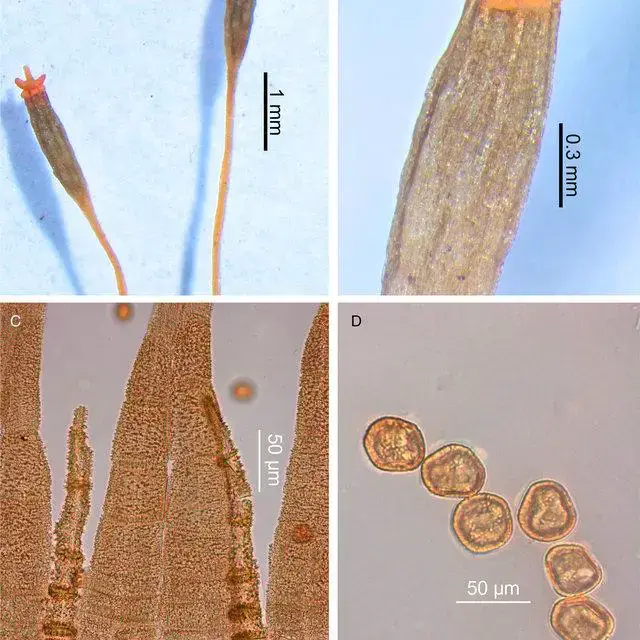
Typification-of-Ulota-macrodontia-Dusen-ex-Malta-Details-of-main-morphological_Q640.jpg from: https://www.researchgate.net/figure/Packet-label-of-isotype-of-Neckera-hymenodonta-Muell-Hal_fig2_285123129
Neckera cyathocarpa: A Fascinating Moss of the Neckeraceae Family
Introduction
Neckera cyathocarpa Hampe ex Müll.Hal., commonly known as Neckera moss, is a captivating species of moss belonging to the Neckeraceae family. This unique moss has garnered attention from enthusiasts and researchers alike due to its distinctive morphology and ecological adaptations. In this blog post, we will delve into the fascinating world of Neckera cyathocarpa and explore its characteristics, distribution, and ecological significance.
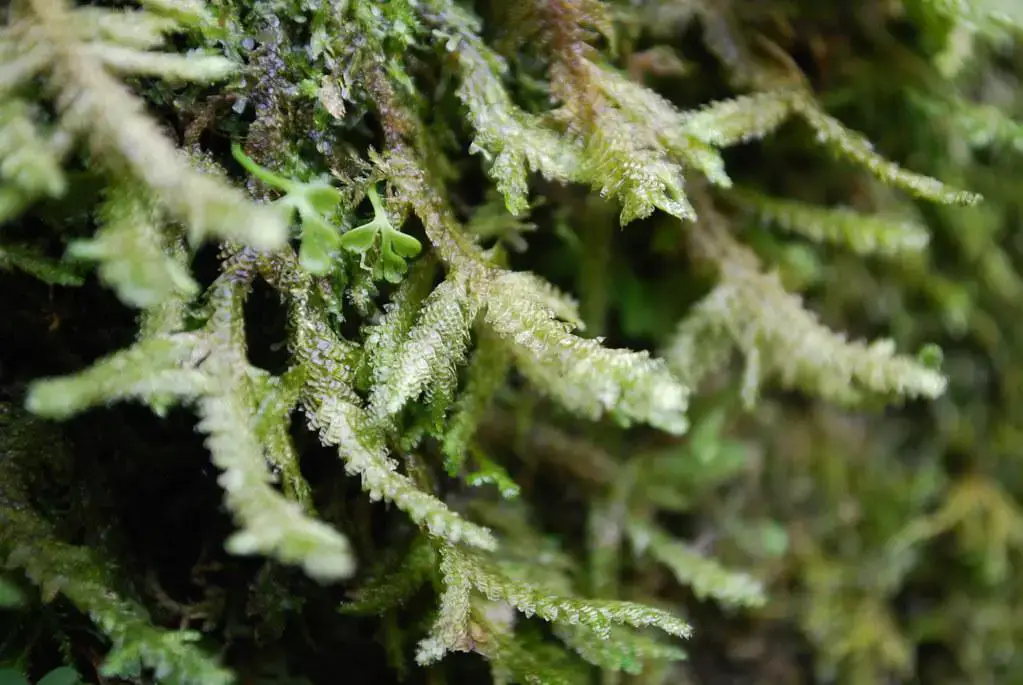
3863035164_1ed068583e_b.jpg from: https://www.flickr.com/photos/huenchecal/3863035164/
Background
Mosses are small, non-vascular plants that belong to the division Bryophyta. They play crucial roles in various ecosystems, contributing to nutrient cycling, water retention, and providing habitats for microorganisms. The Neckeraceae family, to which Neckera cyathocarpa belongs, is known for its diverse range of mosses with unique growth forms and ecological preferences.
Morphology and Identification
Neckera cyathocarpa is characterized by its pinnately branched stems and complanate (flattened) leaves. The leaves are
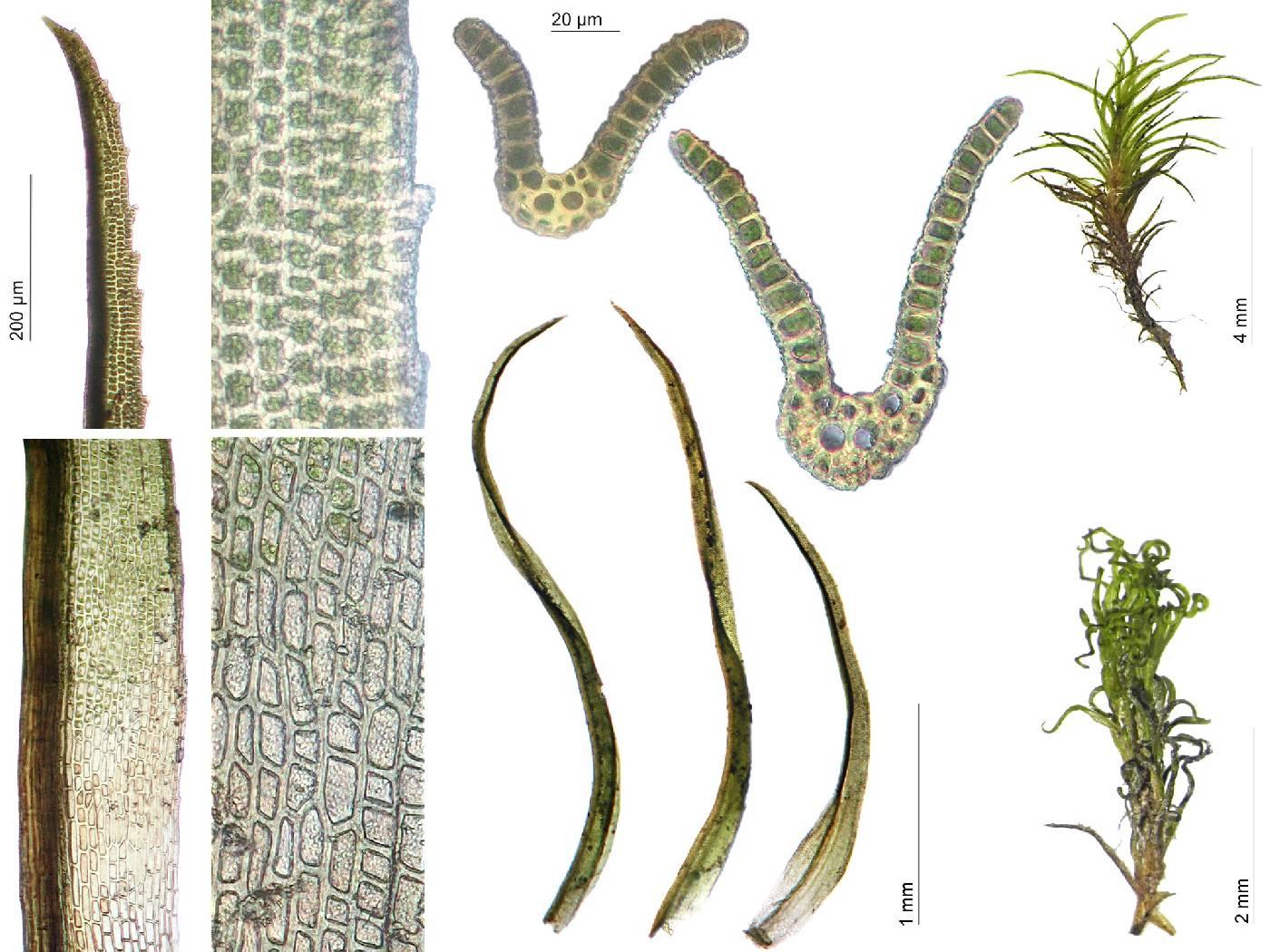
Amphidium_californicum_2_1579151820.jpg from: https://bryophyteportal.org/portal/imagelib/imgdetails.php?imgid=1859022
ovate-lanceolate in shape and have a distinctly toothed margin. One of the most striking features of this moss is its cyathiform (cup-shaped) perichaetial leaves, which surround the female reproductive structures. These cup-shaped leaves give Neckera cyathocarpa its specific epithet, “
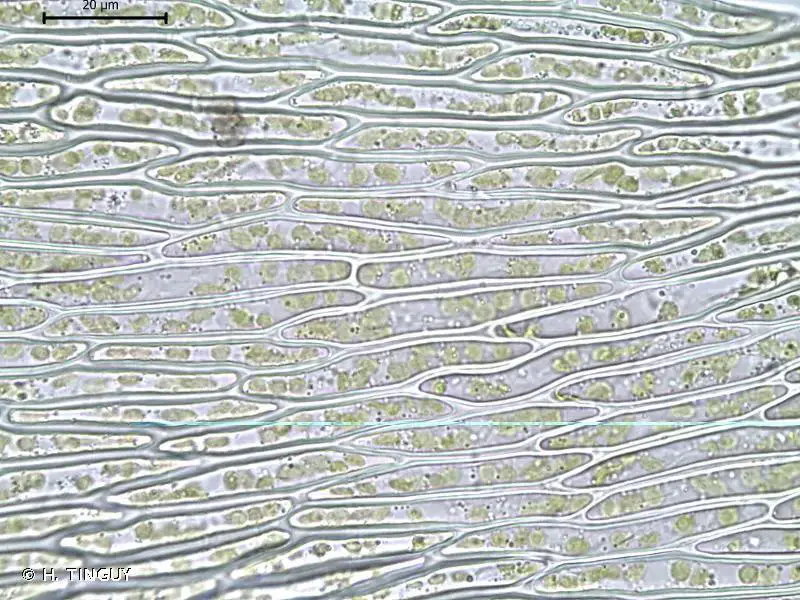
382689.jpg from: https://inpn.mnhn.fr/espece/cd_nom/434460
cyathocarpa,” meaning “cup-fruited.”
Global Distribution and Habitat
Neckera cyathocarpa has a wide distribution, found in various regions across the globe. It commonly grows on tree trunks, branches, and rocks in humid forests and montane environments. This moss thrives in areas with high moisture levels and moderate to low light intensities. Its ability to grow epiphytically (on other plants) and epilithically (on rocks) showcases its adaptability to different substrates.
Ecological Roles and Adaptations
Neckera cyathocarpa plays significant ecological roles in its habitats. As an epiphytic moss, it contributes to the diversity and complexity of forest canopies. It provides microhabitats for invertebrates and helps in nutrient cycling by trapping and retaining water and organic matter. Additionally, Neckera cyathocarpa exhibits several adaptations to its environment. Its
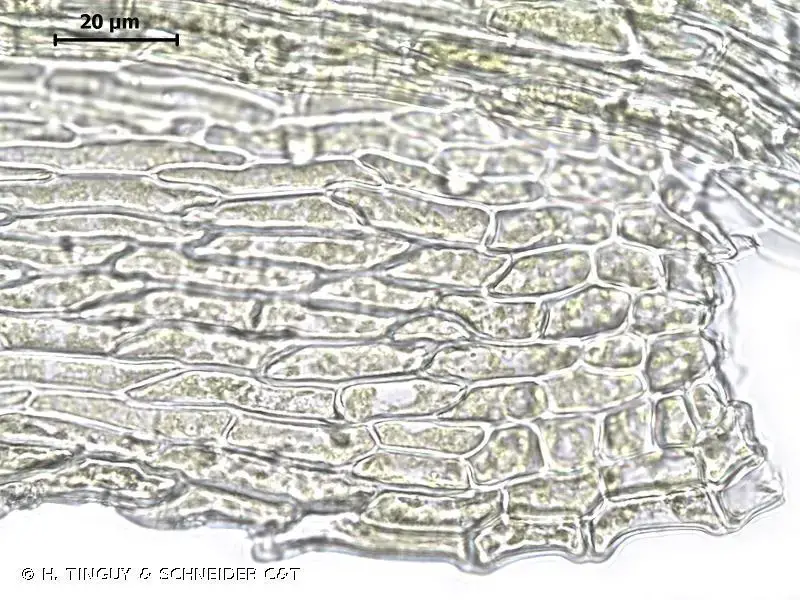
397506.jpg from: https://inpn.mnhn.fr/espece/cd_nom/5455?lg=en
flattened leaves maximize light capture in low-light conditions, while its
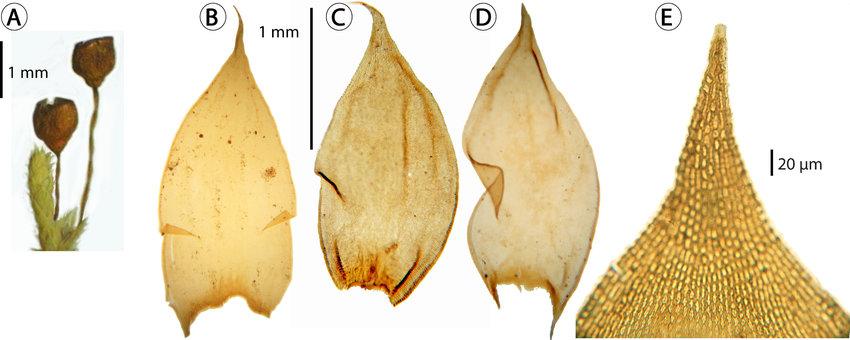
Morphological-features-of-Braunia-squarrulosa-Hampe-Muell-Hal-in-Mexico-A-branch.jpg from: https://www.researchgate.net/figure/Morphological-features-of-Braunia-squarrulosa-Hampe-Muell-Hal-in-Mexico-A-branch_fig5_355881190
cup-shaped perichaetial leaves aid in water retention and protect the developing sporophytes.

medium.JPG from: https://www.inaturalist.org/taxa/132674-Neckera-pennata
thumbnail.php from: https://davesgarden.com/guides/pf/go/190693/
| Characteristic | Description |
|---|---|
| Family | Neckeraceae |
| Genus | Neckera |
| Species | Neckera cyathocarpa |
| Growth Form | Pinnately branched, complanate leaves |
| Leaf Shape | Ovate-lanceolate with toothed margins |
| Perichaetial Leaves | Cyathiform (cup-shaped) |
| Habitat | Humid forests, montane environments |
| Substrate | Tree trunks, branches, rocks |
| Ecological Roles | Microhabitat provision, nutrient cycling |
Conclusion
Neckera cyathocarpa Hampe ex Müll.Hal. is a remarkable moss species that captivates with its unique morphology and ecological adaptations. Its cup-shaped perichaetial leaves, wide distribution, and ecological significance make it a fascinating subject for enthusiasts and researchers. As we continue to explore the world of mosses, Neckera cyathocarpa reminds us of the incredible diversity and beauty found within the Bryophyta division. The next time you find yourself in a humid forest, keep an eye out for this intriguing moss and ponder the hidden wonders it holds. What other secrets might the tiny world of mosses reveal?